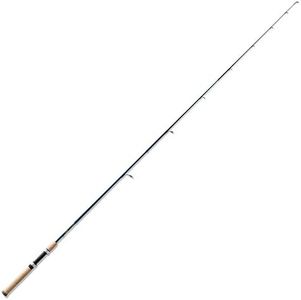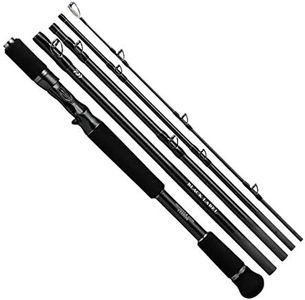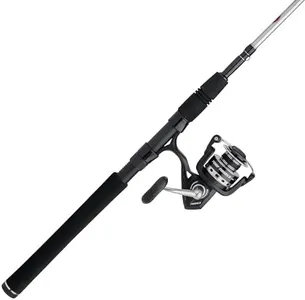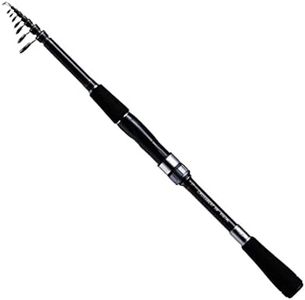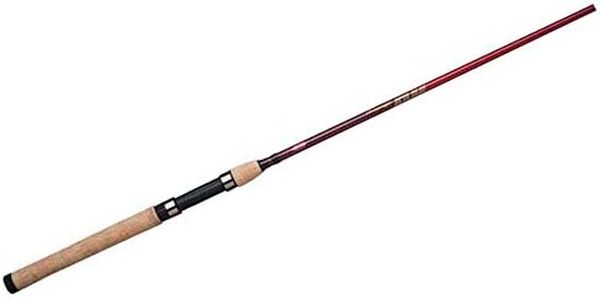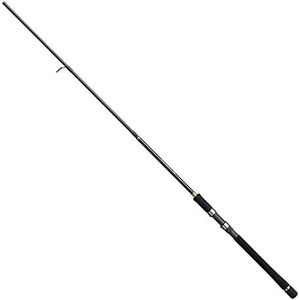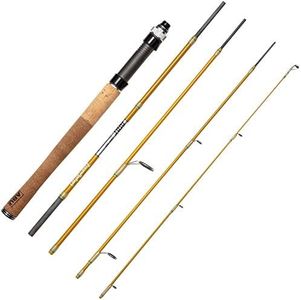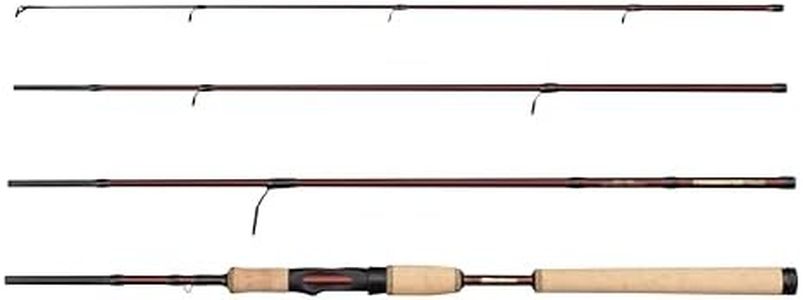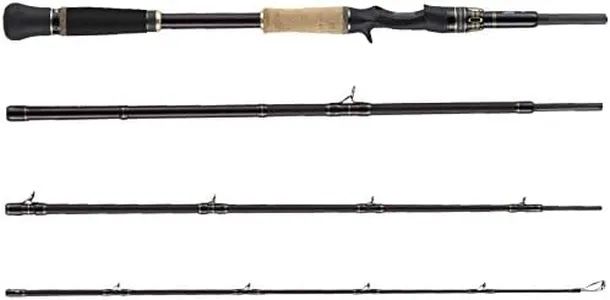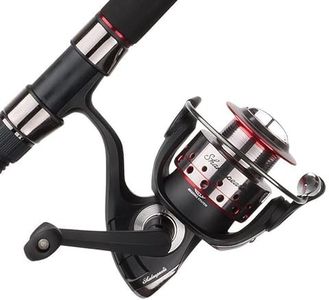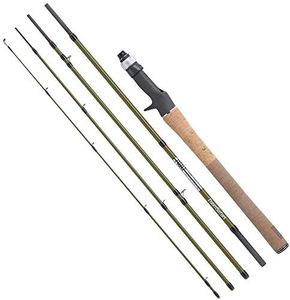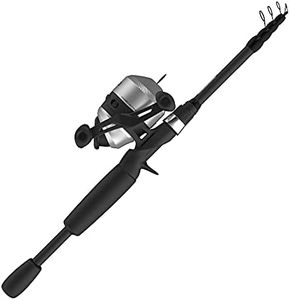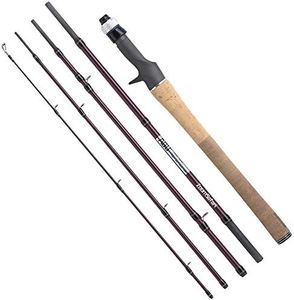We Use CookiesWe use cookies to enhance the security, performance,
functionality and for analytical and promotional activities. By continuing to browse this site you
are agreeing to our privacy policy
10 Best Bass Fishing Rods
From leading brands and best sellers available on the web.Buying Guide for the Best Bass Fishing Rods
Choosing the right bass fishing rod can make your fishing experience more enjoyable and successful. It's important to understand what makes each rod unique so you can select one that matches your style, the water you fish in, and the bass you’re targeting. Start by understanding what kind of bass fishing you’ll be doing – whether it’s from a boat, shore, or kayak, and what lures and techniques you enjoy most. Each rod feature will make a difference in handling, comfort, and how effectively you catch bass.Rod LengthRod length refers to the end-to-end measurement of the rod, usually in feet and inches. This is important because it affects how far you can cast, how much leverage you have when fighting a fish, and how well you can control your lure. Shorter rods (6 to 6.5 feet) are easier to control and best for close-range fishing or when space is tight, while medium rods (6.5 to 7 feet) offer a good mix of casting distance and control. Longer rods (over 7 feet) are suited for long casts or fishing in areas with lots of cover. Choose the length based on your fishing environment and how far you need to cast.
PowerPower describes how much force is needed to bend the rod – that is, how 'stiff' it is. It ranges from ultra-light to heavy. For bass fishing, medium to medium-heavy power rods are most popular as they handle the weight of bass and the lures commonly used. Lighter power rods are for finesse techniques or smaller lures, while heavy power rods are better for thick cover or big lures. Think about the size of the bass and the type of cover—use more power for heavier cover and bigger fish.
ActionAction tells you where along the blank the rod flexes when you put pressure on the tip. Fast action rods bend mostly at the tip, making them sensitive and good for quick hook sets, which helps when fishing with single-hook lures. Moderate action rods bend more in the middle, making them better for crankbaits or moving lures where you may need to keep tension but not rip the hook out of the fish’s mouth. Slow action rods bend throughout and are rarely used for bass, but can be fun for smaller fish. Decide on the action based on the lures and techniques you plan to use most.
MaterialMost bass rods are made from graphite, fiberglass, or a blend of both. Graphite rods are lightweight and very sensitive, which helps feel subtle bites. Fiberglass rods are heavier and more flexible, offering more durability but less sensitivity. Blended rods aim to give you a balance of both. Graphite is popular for most bass techniques, while fiberglass is chosen for certain crankbait presentations. Pick graphite for sensitivity and lighter weight; use fiberglass or blends if you value durability over weight.
Handle Type and LengthThe handle is what you grip on the rod, and handles can be made of cork or EVA foam, among others. Cork handles tend to be traditional and feel good, while EVA foam offers durability and a different grip texture. The length of the handle matters: short handles are best for single-handed casts or precise presentations, while longer handles are better for two-handed casting and more leverage when fighting fish. Think about what feels comfortable and how you usually cast, and try out a few grips if possible before deciding.
Line and Lure RatingsEvery rod is designed to work best with a certain range of fishing line weights and lure weights, usually written on the rod itself. This helps you make sure you’re using gear that won’t over-stress the rod or make it hard to cast accurately. Lighter rods are matched with lighter lines and lures, while heavier rods can handle stronger line and bigger baits. Match the ratings to the size of the bass and type of lures you most often use for best performance.

